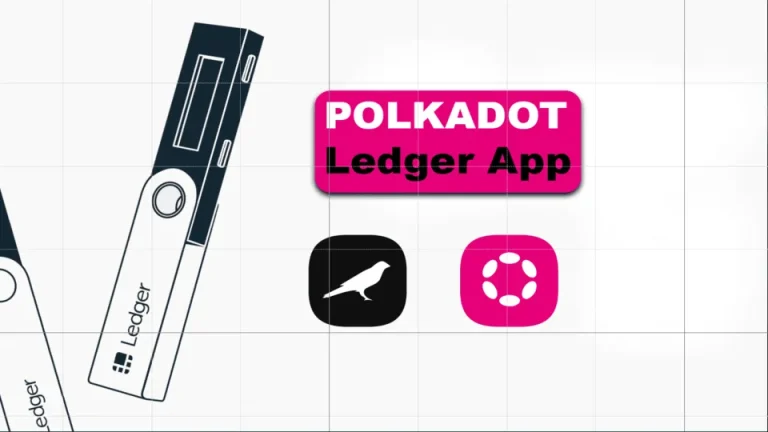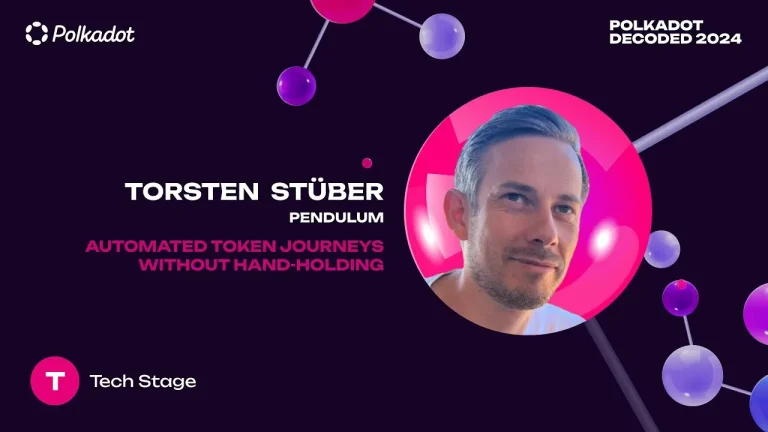In Polkadot and any blockchain, managing account balances efficiently is crucial. Polkadot has implemented mechanisms to ensure optimal performance and prevent network bloat. Two fundamental concepts in this context are the Existential Deposit (ED) and Keep-Alive Transfers. This article delves into these concepts, their significance, and their implications for Polkadot users.
Understanding Polkadot Existential Deposit
The Existential Deposit (ED) is a minimum balance requirement that an account must maintain to remain active on the Polkadot network. For Polkadot, this amount is set at 1 DOT, while on Kusama, Polkadot’s canary network, it is significantly lower at 0.000333333 KSM. The primary purpose of the ED is to prevent the existence of “dust accounts“ – accounts with negligible balances that do not contribute to network functionality but increase storage requirements and degrade performance.
Why Polkadot Existential Deposit Matters
- Network Efficiency: By ensuring that only accounts with meaningful balances remain active, Polkadot maintains a leaner and more efficient blockchain. This helps in reducing overall storage requirements and keeps transaction fees manageable.
- Account Reaping: If an account’s balance drops below the ED, the account is “reaped” or deactivated, and any remaining funds are burned. This process ensures that the network is not clogged with inactive or low-balance accounts. However, users can reactivate their accounts by depositing an amount greater than the ED at any time, though previously burned funds are not recoverable.
The Role of Polkadot Keep-Alive Transfers
Keep-Alive Transfers are a feature designed to help users manage their account balances more effectively. When enabled, the Keep-Alive check ensures that any transaction will not reduce the account balance below the ED. If a transaction would result in the balance falling below the ED, the transaction is prevented, thereby safeguarding the account from being reaped.
Polkadot Keep-Alive Transfers Practical Implications
- Preventing Accidental Reaping: By enabling the Keep-Alive option, users can avoid unintentional depletion of their account balances below the ED. This is particularly useful when making transfers that could potentially leave the account with insufficient funds.
- Transaction Fees: It is essential to account for transaction fees when making transfers. On the Polkadot network, these fees can affect whether the remaining balance stays above the ED. The Keep-Alive check adds an additional layer of security by ensuring that these fees are considered in the balance calculation.
Best Practices for Polkadot Users
To efficiently manage accounts on Polkadot and avoid complications related to the Existential Deposit and Keep-Alive Transfers, users should adhere to the following best practices:
- Enable Keep-Alive Checks: Always keep the Keep-Alive option enabled when sending funds. This will prevent the account from falling below the ED and getting reaped.
- Monitor Balances: Regularly check account balances, especially after transactions, to ensure they remain above the ED. This is crucial to maintain account activity and avoid losing funds through burning.
- Understand Transaction Costs: Before initiating any transfer, factor in the transaction fees. Ensure that the post-transfer balance, after deducting the fees, stays above the ED to keep the account active.
- Reactivating Accounts: If an account does get reaped, it can be reactivated by depositing an amount greater than the ED. This restores account activity but does not recover any burned funds.
Conclusion
The concepts of Existential Deposit and Keep-Alive Transfers are integral to maintaining the efficiency and functionality of the Polkadot network. By understanding and implementing these mechanisms, users can ensure their accounts remain active and avoid unnecessary losses. Proper balance management, coupled with the strategic use of Keep-Alive checks, allows for a smoother and more secure experience on the Polkadot blockchain.








